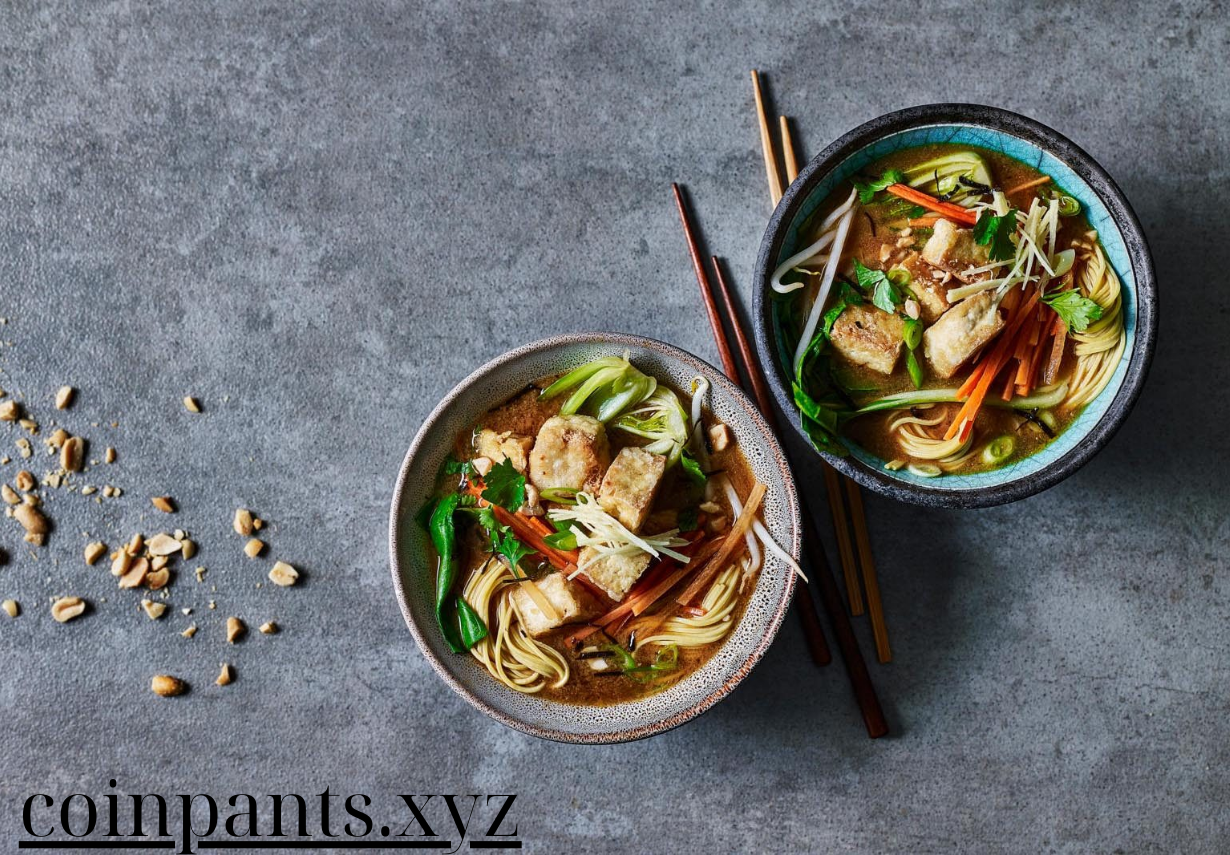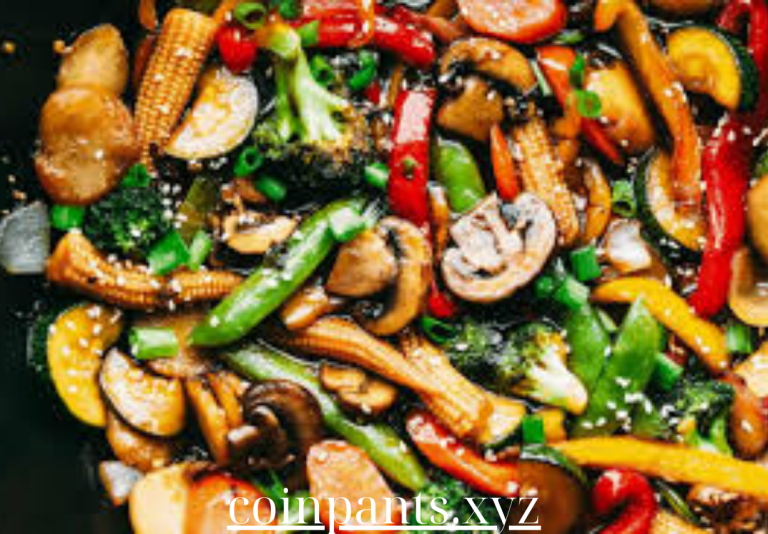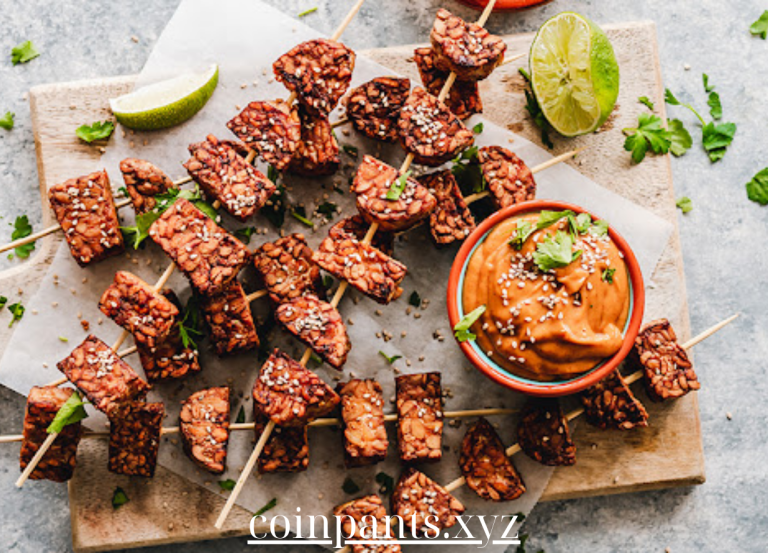
Creating delicious, flavorful vegan meals doesn’t have to be a challenge. With the right techniques and ingredients, plant-based dishes can be just as satisfying and packed with taste as any traditional meal. Whether you’re new to vegan cooking or simply looking to enhance your skills, this guide will show you how to maximize flavor in every dish.
1. Embrace Seasoning and Spices
One of the easiest ways to add flavor to vegan dishes is by incorporating a wide variety of herbs, spices, and seasonings. Since plant-based proteins like tofu, tempeh, and legumes tend to have neutral flavors, they are perfect canvases for bold seasonings.
- Experiment with Global Spices: Don’t be afraid to explore international spice blends like garam masala, za’atar, or harissa. These spices can transform simple vegetables or grains into a gourmet experience.
- Fresh Herbs Matter: Incorporating fresh herbs like cilantro, basil, parsley, or mint adds a burst of flavor and freshness to any dish. Sprinkle them over roasted vegetables, salads, or soups for an extra layer of taste.
- Acid Balancing: A splash of lemon juice, lime juice, or vinegar brightens up dishes and enhances other flavors. A balanced acidity can elevate the natural taste of vegetables and grains.
2. Master the Art of Marinades
Marinating is essential in vegan cooking to infuse deep flavors into ingredients like tofu, tempeh, and seitan. A good marinade balances acidity, fat, and seasonings to transform bland ingredients into flavorful bites.
- Marinate Overnight for Maximum Flavor: The longer your ingredients soak in the marinade, the more intense the flavor will be. For a quick infusion, marinate for at least 30 minutes, but overnight is ideal for tofu or tempeh.
- Try Different Marinade Bases: Soy sauce, coconut aminos, balsamic vinegar, citrus juices, olive oil, and sesame oil make excellent bases for marinades. Combine these with garlic, ginger, or chili flakes for even more flavor.
3. Get Creative with Umami-Rich Ingredients
Umami, known as the “fifth taste,” is the savory flavor often associated with meat. But vegan meals can still achieve umami-packed richness using plant-based ingredients.
- Mushrooms: Sautéed, roasted, or grilled mushrooms (such as shiitake, portobello, or cremini) bring a hearty, savory element to dishes. Their deep, earthy flavors can enhance everything from stews to stir-fries.
- Soy Sauce and Miso: Both soy sauce and miso paste are umami-rich and can add depth to broths, sauces, or dressings. Use miso in vegan soups or soy sauce to season stir-fries and rice dishes.
- Nutritional Yeast: Often referred to as “nooch,” nutritional yeast adds a cheesy, nutty flavor to dishes without any dairy. Sprinkle it on popcorn, pasta, or use it in creamy sauces for a flavor boost.
4. Don’t Skimp on Texture
Texture is an often overlooked element of vegan meals, but it plays a critical role in creating satisfying dishes. Incorporating a variety of textures can make a dish more interesting and enjoyable.
- Roast and Crisp Vegetables: Roasting brings out the natural sweetness in vegetables and adds a crisp, caramelized texture. Toss vegetables like cauliflower, Brussels sprouts, or sweet potatoes with olive oil and spices, then roast them for a delightful crunch.
- Crunchy Toppings: Add toasted nuts, seeds, or crispy chickpeas on top of salads, soups, or grain bowls for texture contrast. These elements not only provide a satisfying crunch but also boost the dish’s nutritional value.
- Mix and Match Proteins: Combining different plant-based proteins like lentils, beans, and quinoa adds complexity to the dish’s texture. Tofu and tempeh are great when grilled or pan-fried for a crispy exterior and tender interior.
5. Build Depth with Layers of Flavor
Great vegan meals often involve layering flavors to create a rich, complex taste. This can be achieved by combining different cooking techniques and ingredients to enhance the overall dish.
- Sauté Aromatics: Start your dishes by sautéing onions, garlic, ginger, or shallots in olive oil. This creates a flavorful base for soups, stews, and curries that adds depth and aroma.
- Deglaze for Extra Flavor: After sautéing vegetables or proteins, deglaze the pan with a splash of vegetable broth, wine, or soy sauce to capture the caramelized bits at the bottom of the pan. This intensifies the dish’s overall flavor.
- Finish with Freshness: After cooking, finish your dishes with a drizzle of olive oil, a squeeze of citrus, or a sprinkle of fresh herbs. These finishing touches add brightness and balance to the richness of cooked ingredients.
6. Use Plant-Based Fats for Richness
Fat adds flavor and richness to meals, and in vegan cooking, plant-based fats are key to achieving this. Incorporating the right types of fat helps make vegan dishes taste more indulgent.
- Avocados: Creamy avocados are perfect for adding richness to salads, tacos, and toast. They also make a great base for creamy dressings or sauces.
- Coconut Milk: Use full-fat coconut milk in curries, soups, or desserts for a rich, velvety texture. Its natural sweetness pairs well with spicy and savory dishes.
- Nut Butters: Almond butter, tahini, or peanut butter can add creaminess and depth to sauces, dressings, and dips. Blend them with lemon juice, garlic, and a little water for an easy, flavorful sauce to pour over roasted veggies or noodles.
7. Explore Fermented Foods for Depth
Fermented foods can elevate vegan dishes by adding complex, tangy flavors that enhance overall taste.
- Kimchi and Sauerkraut: These fermented vegetables bring a tangy, salty, and slightly spicy flavor that complements everything from grain bowls to tacos. Plus, they offer a probiotic boost for digestive health.
- Pickles: Adding pickled vegetables like red onions, carrots, or cucumbers can brighten up dishes with their zesty flavor. They make a perfect topping for sandwiches, salads, or wraps.
- Tempeh: Tempeh is a fermented soy product with a nutty, savory flavor. It absorbs marinades well and becomes a delicious addition to stir-fries, grain bowls, or sandwiches when sautéed or grilled.
Final Thoughts
Creating flavorful vegan meals is all about using the right techniques and ingredients to enhance the natural tastes of plant-based foods. By experimenting with spices, textures, umami-rich components, and cooking methods, you can transform simple ingredients into vibrant, delicious dishes that will satisfy even the most discerning palates. With these tips, you’ll be able to craft vegan meals that are packed with flavor, ensuring every bite is full of taste and satisfaction.






